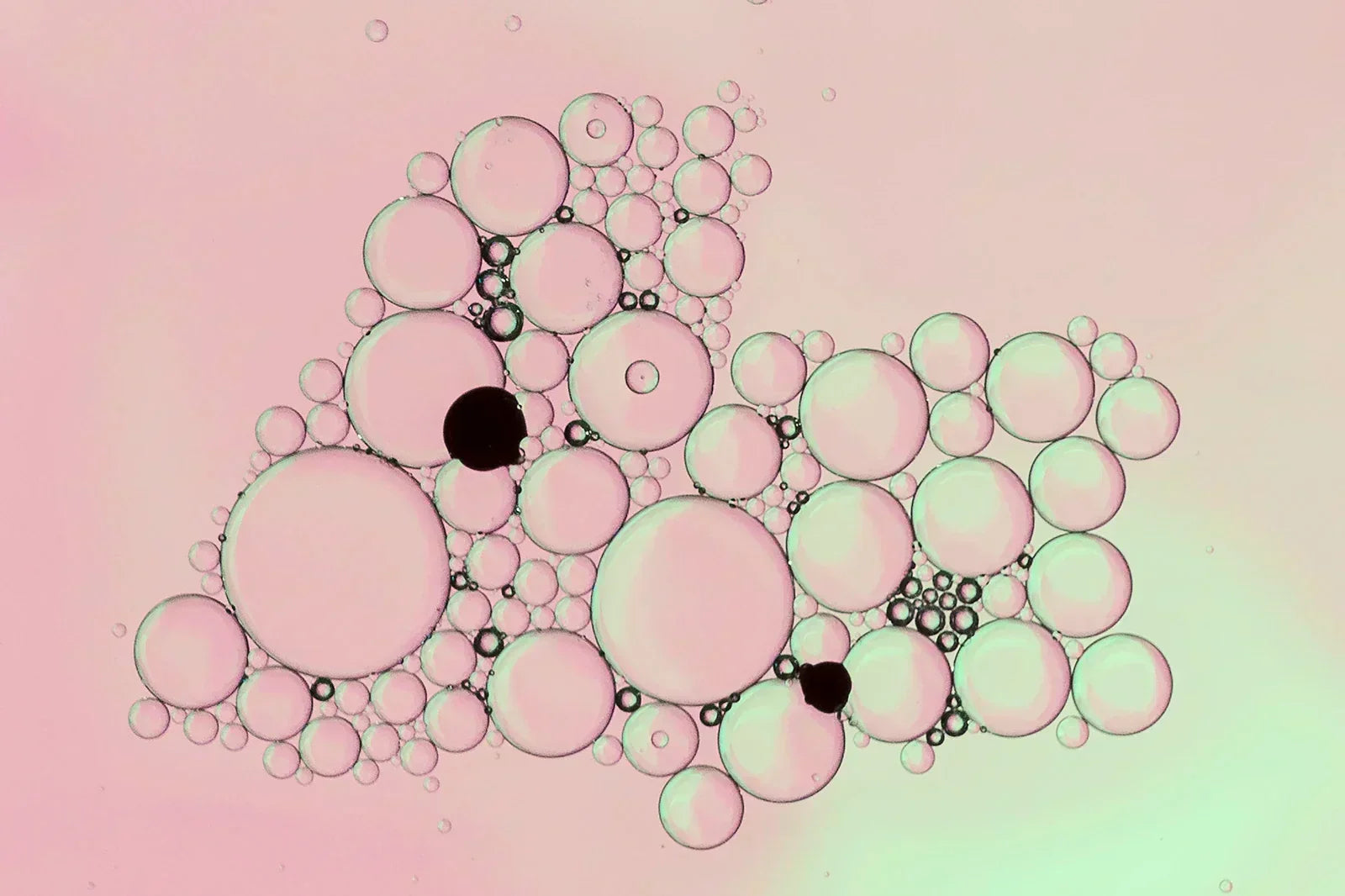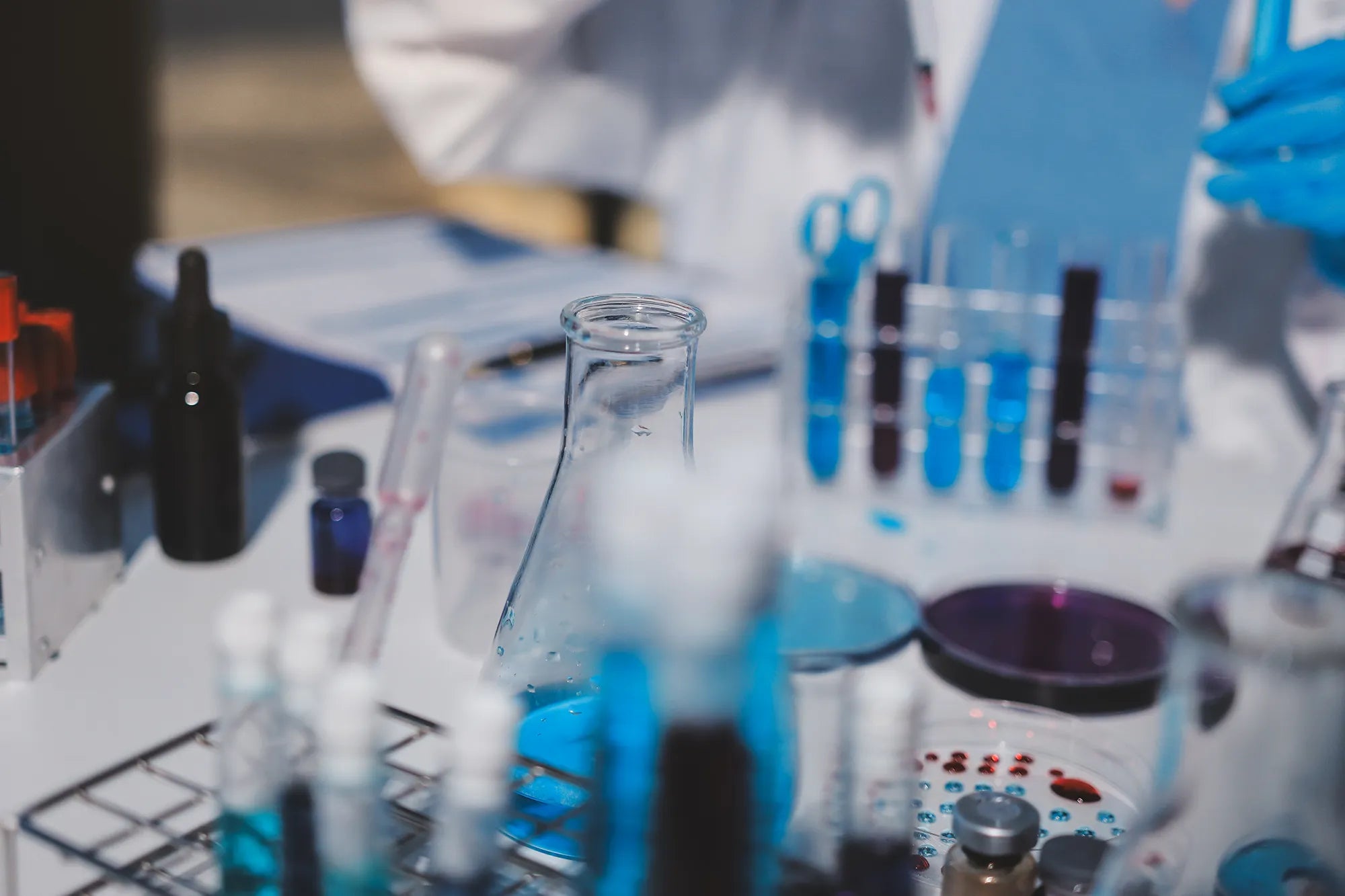Purity vs Net Peptide Content (NPC): what the numbers actually mean
Two numbers appear on peptide paperwork again and again: HPLC purity (area%) and Net Peptide Content (NPC, %). They’re both percentages—but they answer different questions. Here’s the plain-English guide labs use to keep them straight, plus a worked example you can follow.
Key takeaways
- HPLC purity (area%) profiles peptidic impurities under one chromatography method; it is not a mass balance and not identity by itself.
- Net Peptide Content (NPC, %) adjusts gross weight for non-peptidic mass (moisture, counter-ions, residual solvent, excipients).
- For molar work: Desired sequence mass ≈ Gross × NPC × HPLC purity; then divide by the molecular weight.
Why people mix these up
Purity and NPC both arrive as percentages, but they measure different things. Purity asks: what fraction of UV-absorbing peptidic material is the target peak under this method? NPC asks: how much of the powder’s weight is peptidic material at all? You often need both to estimate target mass.
What “HPLC purity (area%)” actually means
- Calculated from the integrated area of the main peak divided by the total peptidic area at a set wavelength (commonly ~214–220 nm).
- Method-dependent: column, gradient, buffers and detection settings change retention and minor peaks.
- A clean trace does not prove identity; identity typically requires orthogonal data (e.g., MS/sequence).
What “Net Peptide Content (NPC)” actually means
- Portion of the sample that is peptidic (target + peptidic impurities).
- Subtracts weight from water, counter-ions (e.g., acetate/TFA), residual solvent, salts and excipients.
- Typically determined via elemental nitrogen / amino-acid analysis, often with a separate moisture measurement.
Why two labs can disagree (and both be right)
- Different HPLC methods → slightly different area%.
- Storage & handling → moisture changes NPC.
- Salt forms/excipients → change NPC without changing the chromatogram.
Worked example (follow the arithmetic)
Scenario: 100 mg weighed; NPC 85.0%; HPLC purity 98.0%; molecular weight 1500.0 g·mol⁻¹.
- Net peptidic mass = 100 mg × 0.85 = 85.0 mg
- Desired sequence mass ≈ 85.0 mg × 0.98 = 83.3 mg
- Moles = 0.0833 g ÷ 1500.0 g·mol⁻¹ = 5.55×10⁻⁵ mol = 55.5 µmol
Compact: moles = (Gross_mg × NPC% × Purity%) ÷ (MW × 10,000)
How we present numbers on batch pages
- Batch ID and dates (manufactured / imported / last updated).
- Basic HPLC method notes (wavelength, column family, gradient length).
- HPLC purity (area%) with chromatogram image/PDF.
- NPC (%) if available and how measured (e.g., elemental N + moisture).
- Document downloads: supplier COA; when available, UK lab HPLC PDF.
Common pitfalls to avoid
- Treating purity as if it were identity or NPC.
- Comparing area% from different HPLC methods like-for-like.
- Ignoring moisture drift from repeated open–close cycles.
Quick reference
- HPLC purity (area%) → peptidic impurity profile under one method.
- NPC (%) → peptidic mass vs total mass (accounts for water/counter-ions).
- Identity → separate evidence (e.g., MS); part of our roadmap.
Further reading
Updated: 02 Oct 2025



